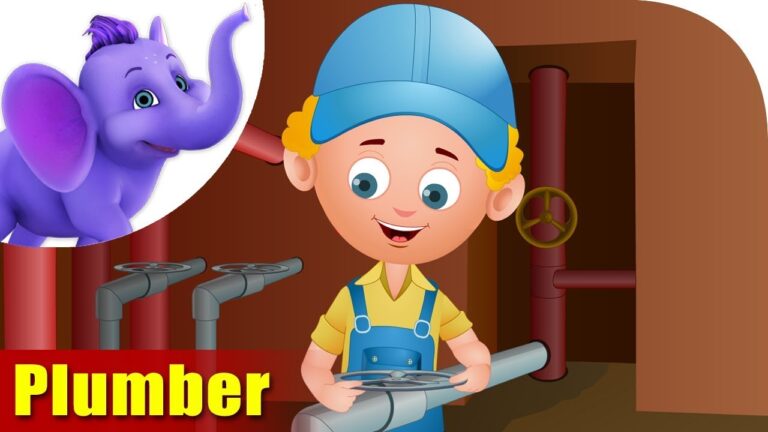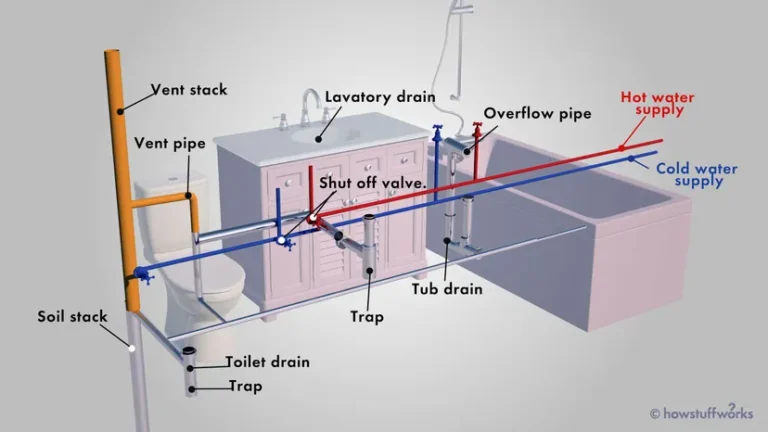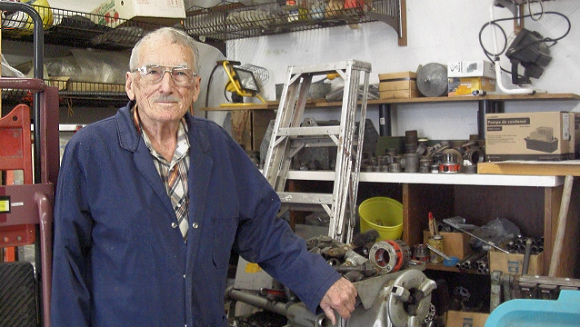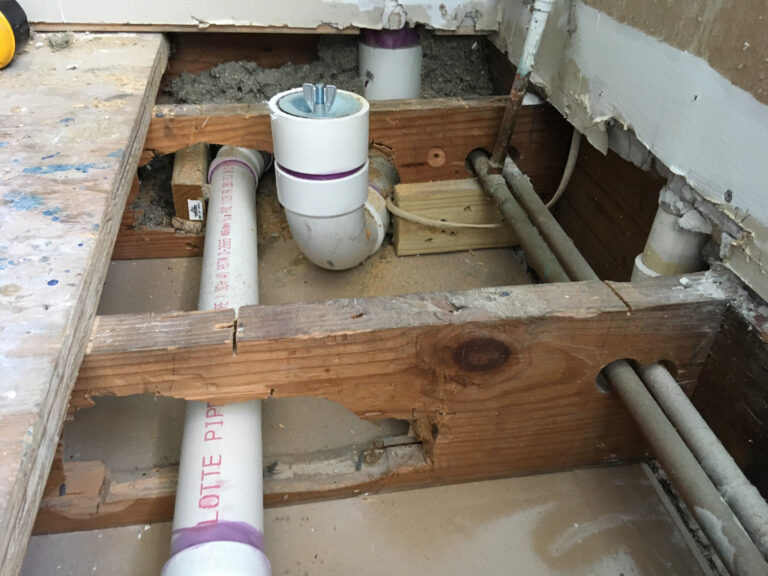What To Do When Liquid Plumber Doesn’t Work?
If you’ve ever experienced a clogged drain, you know the frustration of trying to find a solution. It can be especially frustrating when traditional solutions such as Liquid Plumber don’t seem to work. Before you give up hope, there are a few other options you can try to clear out the clog. Here are some tips on what to do when Liquid Plumber doesn’t work.

What Causes Liquid Plumber to Not Work?
Liquid plumber is a popular product that many homeowners turn to when they encounter clogged drains. But in spite of its effectiveness, there are times when liquid plumber doesn’t work as advertised. In order to understand why liquid plumber may not resolve your clogged drain issue, it’s important to understand what causes it to not work.
One of the most common reasons why liquid plumber doesn’t work is because the clog is too large or too deep for the liquid plumber to penetrate. If the clog is too deep, the liquid plumber may not even reach the clog, which means that it won’t be able to break it up. Another possible cause is if the clog is made up of something that is impervious to liquid plumber, such as grease or tree roots. In these cases, the liquid plumber will not be able to dissolve the material, and will not be successful in clearing the clog.
In some cases, the liquid plumber may not be strong enough to break up the clog. If the clog is particularly difficult or stubborn, it may require a stronger cleaner or a plumbing snake to break it up. Lastly, in some cases, the liquid plumber may simply not be the right tool for the job. For example, if the clog is caused by a broken pipe or a foreign object, then liquid plumber will not be able to do anything to resolve the issue.
It’s important to understand what causes liquid plumber to not work, so that you can take the right steps to address your clogged drain issue. When liquid plumber fails, it is usually due to one of the causes mentioned above. If you find yourself in this situation, it’s important to take the right steps to address the issue, such as calling a plumber or using a stronger cleaner.
Troubleshooting Tips for Common Liquid Plumber Issues
When it comes to plumbing issues, Liquid Plumber is a popular go-to solution. Unfortunately, it may not always work as intended. If Liquid Plumber fails to resolve your plumbing issue, there are a few things you can do before calling a professional plumber.
First, inspect the area for any visible blockages. If you notice any clogs, use a plunger or a drain snake to clear them out. If the clog persists, you may need to remove the drain pipe and snake it from the outside.
Second, check the pressure of your water supply. If it’s too low, the Liquid Plumber will not be able to do its job. Increase the pressure with a pressure regulator or contact your local water department.
Third, make sure the Liquid Plumber you’re using is still in date. Liquid Plumber can become less effective over time. If you’ve had the bottle for more than a year, it’s best to buy a new one.
Finally, if all else fails, contact a professional plumber for assistance. They have the necessary tools and experience to diagnose and solve any plumbing issue.
These are just a few tips for troubleshooting common Liquid Plumber issues. Remember to always wear protective gear and be careful when handling plumbing materials. With the right approach, you should be able to resolve any issue with Liquid Plumber.
How to Know When to Call a Professional
When it comes to plumbing, there’s no substitute for experience. If Liquid Plumber and other DIY fixes aren’t working, it may be time to call a professional. But how do you know when it’s time to call in a professional? Here are some tell-tale signs that it’s time to get in touch with a plumbing expert.
First, consider the complexity of the job. If you’re dealing with a complicated plumbing issue, such as a backed-up drain, then calling a professional plumber is probably your best bet. They have the experience and knowledge to diagnose and fix the problem quickly and correctly.
Second, consider the cost of the job. The cost of a professional plumbing job may be more expensive than a DIY fix. But if you factor in the time and effort it takes to do the job, the cost is often worth it.
Finally, consider the safety of the job. Certain plumbing jobs can be dangerous if not done correctly. For instance, if a pipe needs to be replaced, it’s important to make sure the job is done right the first time. A professional plumber will be able to ensure the job is done safely and properly.
Knowing when to call a professional plumber is an important part of getting the job done right. If you find yourself in a situation where Liquid Plumber and other DIY fixes aren’t working, it might be time to call in a professional. They can diagnose the issue and fix it quickly and correctly, saving you time and money in the long run.
Best Practices for Regular Maintenance of Liquid Plumber
Are you dealing with a stubborn clog that won’t budge with Liquid Plumber? It may be time to review your regular maintenance plan and adopt best practices to keep your plumbing system working properly. Regular maintenance can help you avoid the need for harsh chemical solutions like Liquid Plumber and save you time, money, and hassle.
First, you should inspect your pipes regularly for any signs of clogs, corrosion, or other damage. If you notice any of these signs, it may be time to call in a professional plumber. Additionally, make sure that you are using the right size pipes and fittings for your system. If you have oversized pipes, it can cause clogs to form more quickly.
You should also be mindful of what you are putting down your drains. Many common items, such as grease, coffee grounds, and food scraps, can cause clogs. Additionally, avoid flushing items like paper towels and sanitary products down your toilet. These items can cause clogs that are difficult to clear.
Finally, it’s important to clean your drains regularly. Cleaning out your drains on a regular basis can help remove any buildup of debris or material that could potentially cause clogs. This can also help you detect any issues with your plumbing system early on.
By following these best practices for regular maintenance, you can help reduce the need for harsh chemical solutions like Liquid Plumber. Not only that, but you can also save yourself time, money, and hassle in the long run.
How to Clean Up After Liquid Plumber
When Liquid Plumber doesn’t do the trick, you may be tempted to reach for harsh chemical cleaners to get the job done. However, these products can be dangerous and even cause more damage than good. So, what should you do?
The first step is to assess the situation and decide if you need to use a chemical cleaner. If the clog is minor or a build-up of organic material, you may be able to clear it using a plunger or drain snake. If the clog is further down the drain or caused by a foreign object, you may need to use a chemical cleaner.
If you decide to use a chemical cleaner, it’s important to follow the instructions carefully and make sure you have adequate ventilation. Wear gloves and safety goggles and be sure to keep children and pets away from the area. If you do use chemical cleaners, it’s best to use liquid plumber or a baking soda and vinegar mixture.
Once you’ve cleared the clog, it’s important to clean up any residual chemical cleaner. This can be done by boiling water and pouring it down the drain. This helps to neutralize any remaining chemicals. You may also want to use a natural cleaner such as baking soda and vinegar to help clean the pipes and prevent future clogs.
By following these steps, you can clean up after using Liquid Plumber and keep your drains clog-free.
Alternatives to Liquid Plumber
When Liquid Plumber fails to get the job done, it can be incredibly frustrating. But don’t worry–there are plenty of alternatives that can help you unclog a sink, bathtub, toilet, or shower. First and foremost, make sure to use proper safety precautions before attempting any of these alternatives.
Before trying any of these methods, you’ll want to make sure that the clog is actually in the plumbing and not in the drain trap. To do this, remove the trap and check for clogs. If the clog is in the trap, you can easily remove it.
If the clog is further down the line, here are some of the most common alternatives to Liquid Plumber: a plunger, baking soda and vinegar, a drain snake, a wire hanger, or a homemade drain cleaner. A plunger is a great tool for removing clogs in toilets and sinks. Baking soda and vinegar can also help break down clogs in sinks and showers.
If the clog is too far down the line, a drain snake or a wire hanger could help. Both of these tools can get into tight spaces and can help you remove the clog. If you’d prefer to make your own drain cleaner, you can combine baking soda, vinegar, and boiling water to create a powerful combination that can help you remove clogs.
No matter what method you choose, make sure to use proper safety precautions and wear protective gear. If none of these alternatives work, you may need to call a professional plumber. With the right techniques and precautions, you can easily unclog a sink, bathtub, toilet, or shower.
FAQs About the What To Do When Liquid Plumber Doesn’t Work?
1. What should I do if Liquid Plumber does not seem to be working?
A: If Liquid Plumber does not appear to be working, you may need to use a plunger or auger. You may also need to remove the existing clog manually. If the clog is deep down, you may need to call a professional plumber.
2. How often should I use Liquid Plumber to prevent clogs?
A: To prevent clogs, you should use Liquid Plumber once a month to keep your drains clean and clear.
3. What other solutions can I use if Liquid Plumber doesn’t work?
A: If Liquid Plumber does not seem to be working, you can try using a chemical drain cleaner or boiling water. You can also try using a plunger or auger. If the clog is deep down, you may need to call a professional plumber.
Conclusion
In conclusion, when Liquid Plumber doesn’t work, there are other solutions that can be tried. For example, it may be necessary to use a plumbing snake or auger to break up tough clogs. Additionally, a plunger can be used to try to dislodge the clog from the drain. If these methods fail, it may be necessary to call a professional plumber.







